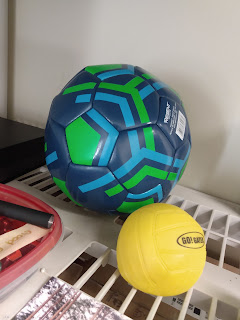Day 7 blog entry.
Sunday 15 May: Eclipse Success!
Foggy before sunrise. The air was cool. Cloudy when I woke. Today was The Big Day, the Total Lunar Eclipse.
Worked on the KPPO operational documentation some more. Learned about the focal reducers available for the Kchi telescopes. Then started to write up a separate guide on imaging with three sets of instructions for the three cameras. Had a Zoom meeting with Bruce to discuss framing. It did seem like the refractor would offer an attractive view for the lunar eclipse. Then I closed the dome in case of rain.
Processed a RASC Explore The Universe (ETU) certificate. The ETU program is open to the public to encourage learning about the sky and it offers a good sampling of celestial objects. On completing the program, the observer will receive a paper certificate and attractive metal lapel pin.
Dr Elaina Hyde shared the YouTube and Zoom links for the evening. The Allan I. Carswell Observatory (AICO) was going to start the total lunar eclipse footage livestream after 9:30pm. I predicted I'd be able to acquire the Moon around that time (although still in the trees).
8:45 PM. Kathleen and crew set up the projector and screen.
Hey, two balls! Cool. The team provided a volleyball and small squishy ball. I could do my alignment demonstration, showing the "syzygy" of the lunar eclipse. The blue volleyball would be the Earth. The yellow ball, about the size of a soft ball, would be the Moon. I crunched the numbers. They'd need to be about 3 metres apart for proper scaled distance (and the Sun, 1000 metres away!). Packed my white flashlight to serve as the Sun.
As our local park visitors arrived and settled in on the lawn, we joined the YorkU Zoom session and started sending down our live image of the Moon. That was a good thing as clouds covered the York University telescopes. We had patchy skies at the start.
Initially we were imaging through the Meade 16-inch but during a brief presentation, I moved the DSLR camera to the 130 mm refractor. Kathleen examined the view while I manually focused with the two-speed dials. Looked good. When the umbral phase began and the live view was too dark, we started shooting still images. I suggested to Kathleen exposure speeds and ISO values and she captured good photographs. We saw stars! In the sky, to the unaided eye, the Moon almost disappeared! Amazingly, our skies improved, the clouds dissipating, with more and more stars revealing themselves, one at a time. It was lovely. We reaped the benefits of being in a Dark Sky Preserve.
Canon 6D Mark II, Meade Series 6000 130mm ED apochromatic telescope, APT software, ISO 3200, f/7, 15 seconds.
The bright star up and left of the Moon is HR 5762, a magnitude 5.5 star in the constellation Libra.
We did it. Everything worked. We, the Killarney Provincial Park Observatory and YorkU crews, were all pretty happy and relieved. A big shout out to Kate and Marisa for wrangling our projection screen out in the open air in rather breezy conditions! We packed it in after midnight.
That was a stunning lunar eclipse!
P.S. Visit the Allan I. Carswell Observatory YouTube channel to watch past videos, including this one.
The Astronomer-In-Residence program is coordinated by the Allan I Carswell Observatory (AICO) at York University with the Killarney Provincial Park Observatory (KPPO).





No comments:
Post a Comment